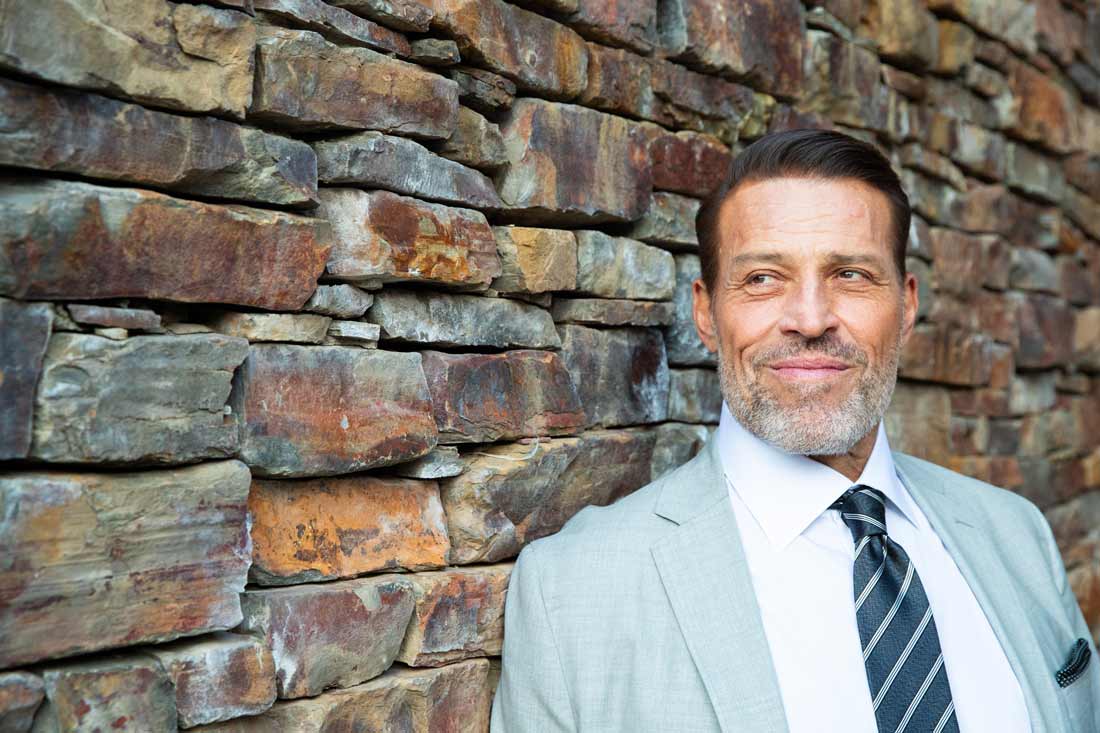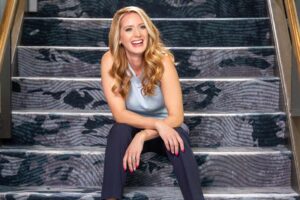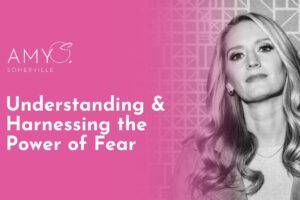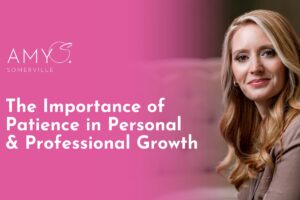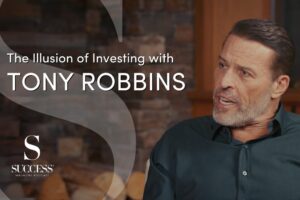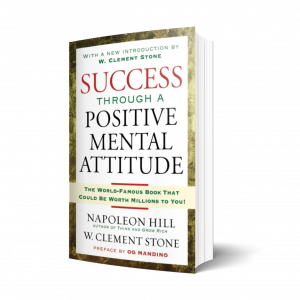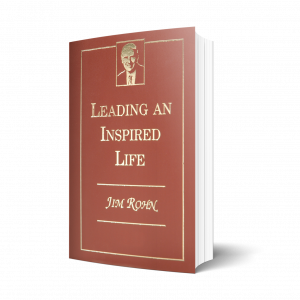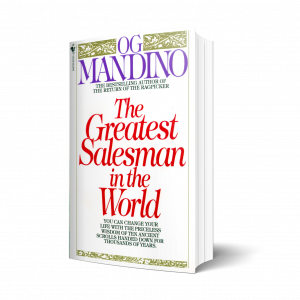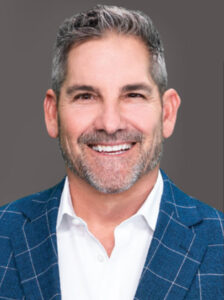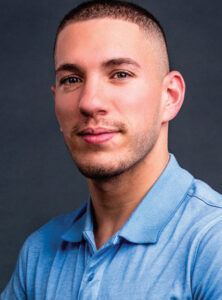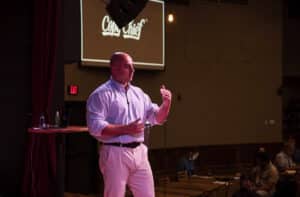The Holy Grail of Investing With Tony Robbins: Mindset Shifts that Lay the Foundation for Financial Freedom
When you hear the words “financial abundance,” few names resonate as powerfully as Tony Robbins. Today, more than four decades after he began teaching people how to achieve personal fulfillment and obtain the lives they seek, the towering 64-year-old native Californian is known the world over for his many practical lessons on achieving personal prosperity, health and wealth. More than 100 million people across 193 countries, including world leaders, celebrities and financial titans—four U.S. presidents, Nelson Mandela, Princess Diana, Oprah Winfrey, Ray Dalio and Paul Tudor Jones, to name a few—have benefited from his coaching wisdom. It was quickly...
CHANGEMAKERS AWARDS
Making A Positive Impact In Society?
Get Featured In SUCCESS® Magazine This Year Alongside Top CEOs & A-List Celebrities
THE MONEY ISSUE
MAY / JUNE 2024
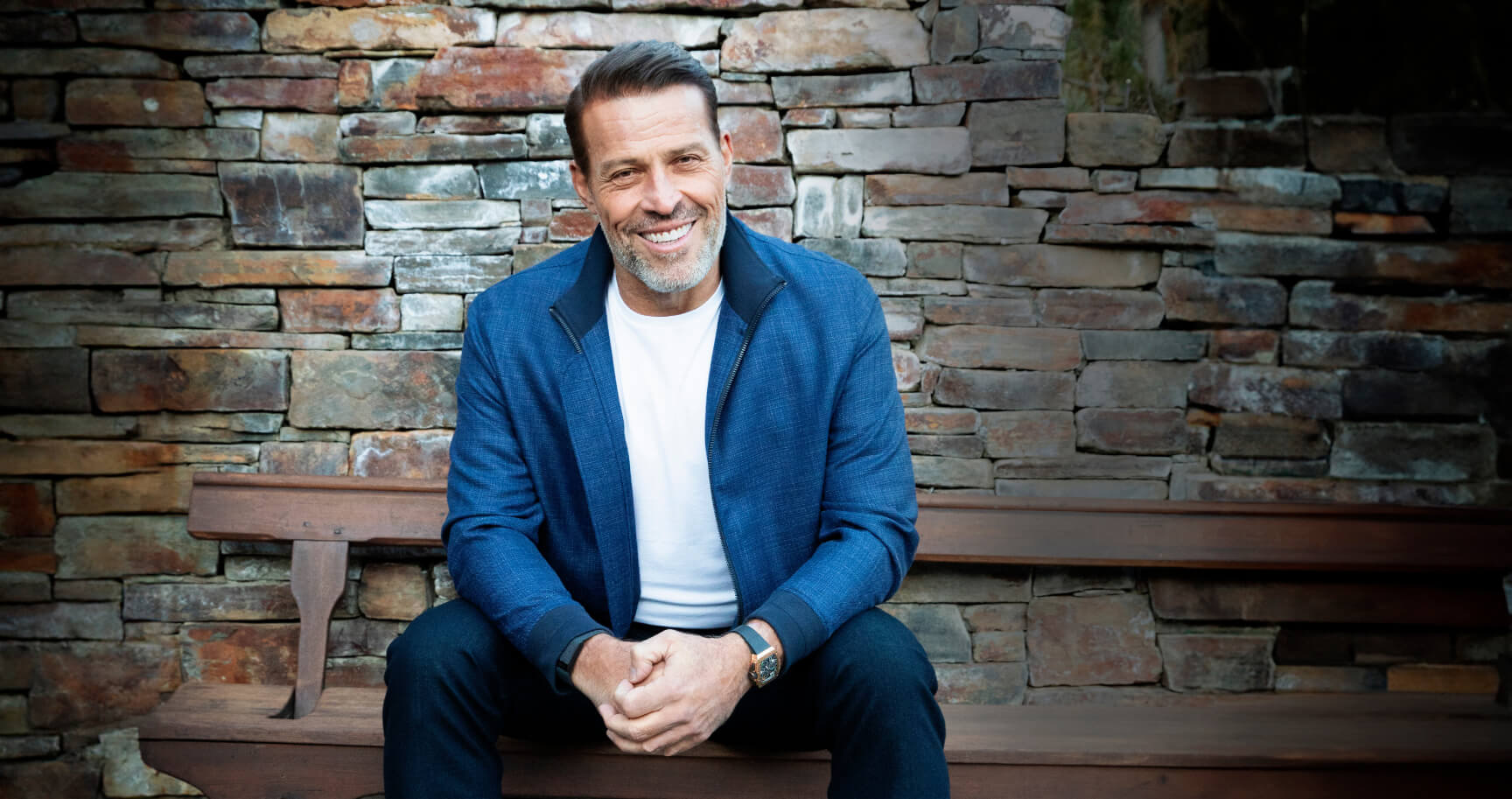
Tony Robbins
HOW THE WORLD'S MOST ESTEEMED LIFE AND BUSINESS STRATEGIST IS EMPOWERING PEOPLE TO BUILD PERSONAL WEALTH
Subscribe now to enjoy these and other exclusive featured content!
Join the Inner Circle
Get Insider Updates with Our Newsletter!
Dive deep into the heart of our brand with the latest trends and entertainment, sneak peeks into upcoming projects, and exclusive insights that only our email subscribers get to enjoy.
SUCCESS Enterprises needs the contact information you provide to us to contact you about our products and services. You may unsubscribe from these communications at any time. For information on how to unsubscribe, as well as our privacy practices and commitment to protecting your privacy, please review our Privacy Policy.
Genuine. Honest. Transparent. More than a podcast.
In biweekly episodes, industry leaders share their triumphs and challenges to help guide your path to excellence.
https://www.youtube.com/channel/UCJLMboBYME_CLEfwsduI0wQ&enablejsapi=1
Speakers For Every Event
Get exclusive access to world-class speakers
through the SUCCESS Speakers Bureau.

